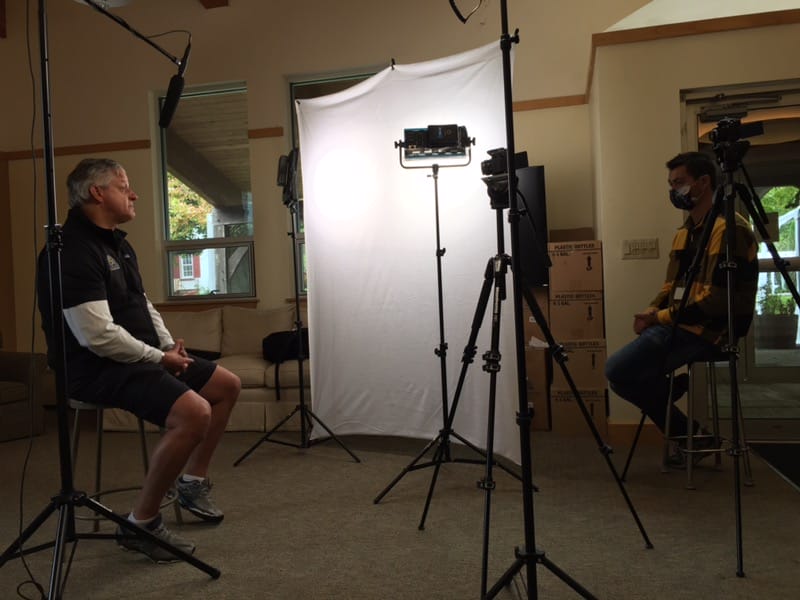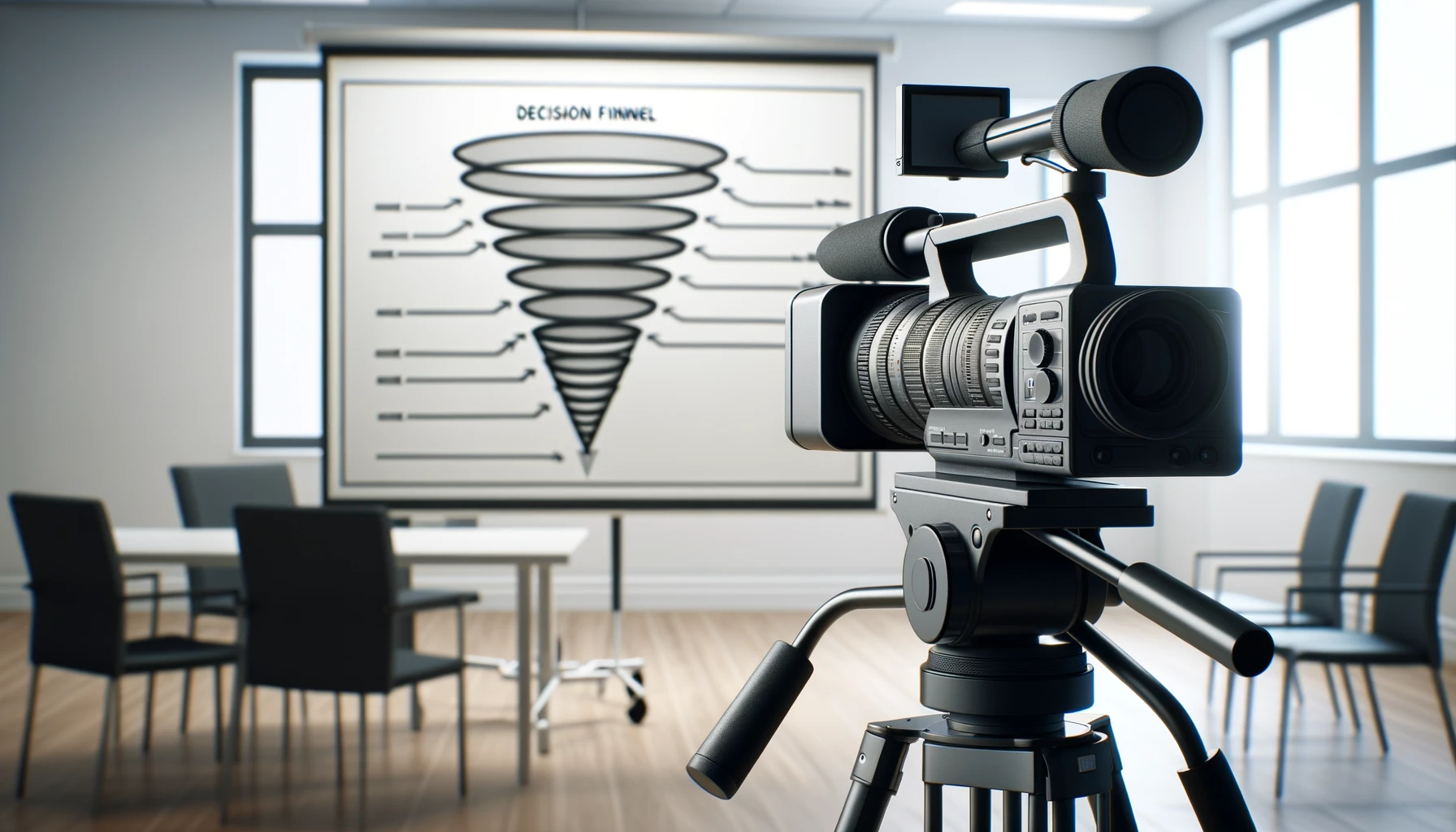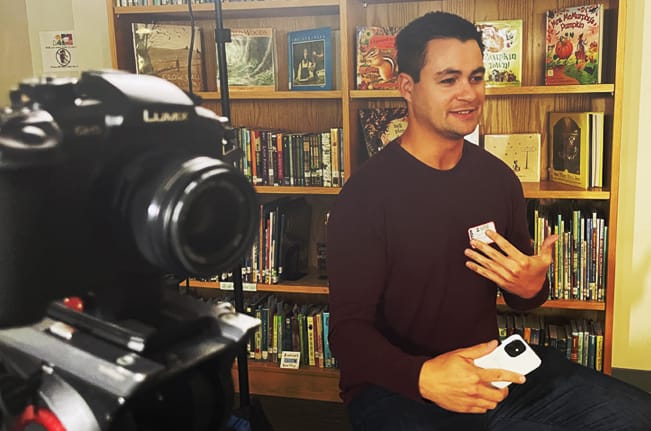Lighting is an important concept to understand if you plan to produce your own videos. Lighting decisions go beyond making a set brighter or darker—it’s about utilizing depth, color, and shadows to tell a story. Before you can begin producing the videos, you must learn how to visually establish your brand.
Every brand should be perpetuated by the lighting choices in its videos. Without these intentional decisions, your video could turn out mediocre or unusable. Let’s discuss the importance of lighting decisions and how you can create professional and compelling videos for your brand.
Establishing Your Brand Story
When you’re viewing other organizations’ videos, you’re probably not thinking too deeply about all the lighting decisions that were made. These decisions, however, are a very important element of video production—you can’t film without lighting, but you’ll also end up with less than ideal footage if you film with poor lighting choices.
Beyond enabling viewers to see the subject, excellent lighting tells a brand story. Your organization likely already has a set brand with colors, fonts, and more. When it comes to lighting your videos, you must make calculated decisions that further the brand visually.
For example, you might decide to achieve a less dramatic look if you’re trying to emphasize hope and optimism. After all, footage of heavenly places is often bright rather than full of shadows and dark colors. If you’re an edgier company, however, you might work to achieve those strong shadows for contrast. Overall, remember that lighting in videos is an intentional decision, not an accident.
Choosing the Right Lighting in Videos
The type of lights you use to set up your production can make or break the final product. Lighting is not just about quantity, but quality. You should prioritize using quality lights that can be shaped and adjusted until you perfect the lighting.
Most of all, avoid ring lights. They’re popular for social media influencers, but their construction is usually cheap and won’t hold up to the standards you’ll need for a professional video. Ring lights can turn your video into a bland production with unnatural shadows, or lack f shadows which doesn’t help with adding contrast to your image.
Second, make sure you have enough lights for the full setup. Most productions choose to have a three-point lighting system. The three lights include:
- Key light – the main light for illuminating the set and highlighting the subject
- Backlight – the light that separates the subject from the background by highlighting the outline of the subject from behind
- Fill light – the light that gently introduces light to the shadow side of the subject, but doesn’t completely eliminate the shadows
An effective setup depends on your decisions for the strength and positions of these lights and will help you create the correct depth, contrast, and brightness in your video. Sometimes, it is possible to get away with two lights or even one light if you are starting with excellent lighting like natural light. In that case, you can manipulate the light you have by bouncing it in the right direction.
Keep Color Temperature in Mind
At Monzo Media Productions, we tend to use LED lights because they’re similar to the color temperature of the sun. In other words, they emanate a light at 6,000 Kelvin, which mimics daylight. By contrast, if you want an eerie style of lighting, you can use a Tungsten light with a color temperature of around 3,000 Kelvin. Further, warmer toned lights can mimic the look of candlelight.
Paying attention to the color temperature of the lights you choose has a huge impact on your final product. When editing, it is possible to alter the color tones of the image, but it’s much better to have footage that is correctly lit in the first place.
Understanding Lighting and Depth
Depth is extremely important to the look and feel of a video and is often used to portray an emotion to the audience. The phrase “back against the wall” can be used here: subjects who are too close to the backdrop can make audiences feel claustrophobic and uncomfortable. Setting up your subject far enough from the background will ease up that feeling and allow you to properly create depth with your lighting.
Creating shadows is the main way to create depth in your videos, and you’ll know you have good lighting when you’re utilizing the shape of the shadows. You should use the lighting to improve the 3D look of the subject. For example, a standard interview shot can turn into something more cinematic when you deepen the shadows under the nose, chin, and on the sides of the face.
If you’re looking for more advice about lighting your videos, contact Monzo Media Productions for experienced professional help.





